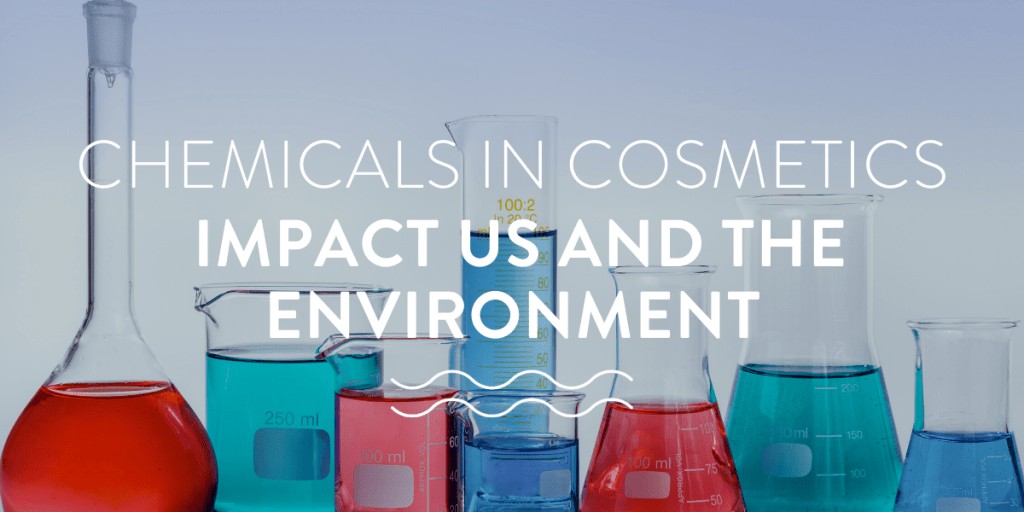The chemicals in cosmetics and other products impact the environment. Therefore, making a products environmental toxicity profile (i.e. how badly the ingredients on the back of your bottles affect the natural world) an important consideration when buying.
There is currently a shift happening towards solid products, from toothpaste tablets to shampoo and conditioner bars, providing much more choice for consumers! A huge benefit of these solid products is minimal packaging and freedom from plastic (yay!). They also tend to be more natural, but it’s still important to check the chemicals in all your cosmetics, whether they be solid or liquid varieties. Do you know what to look out for when checking ingredients on the back of products?
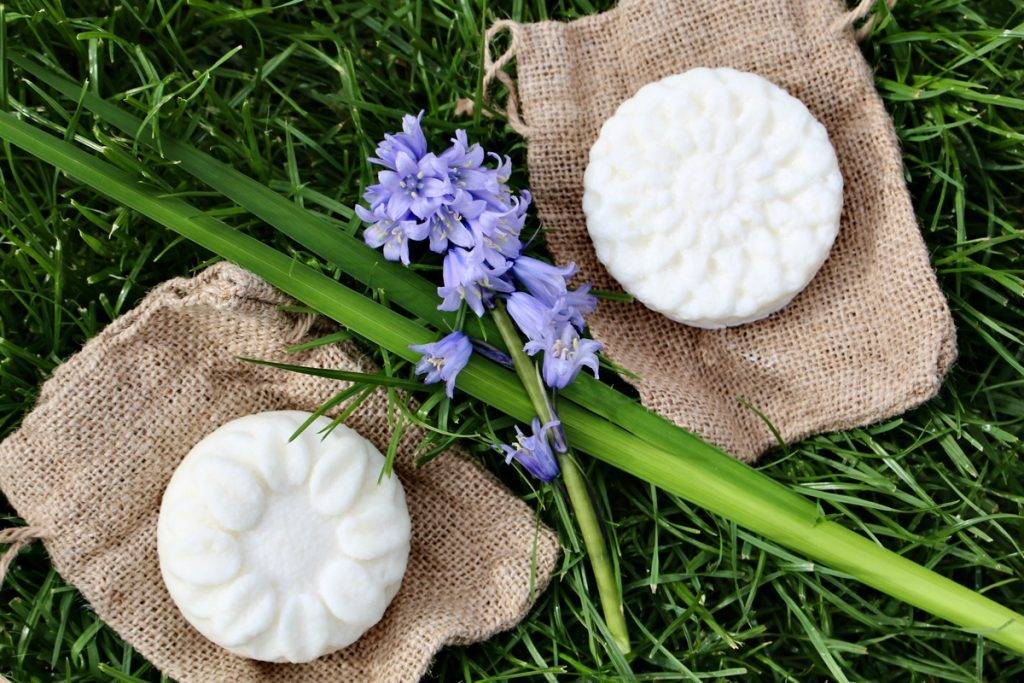
Keep reading for lots of information to help you make the best choice for you and the environment. We first cover chemicals in cosmetics to look out for, before delving into more natural alternatives…
Chemicals in cosmetics to watch out for (the not chemi(cool) ingredients!)
SLS
Sodium Lauryl Sulphate (SLS) is a surfactant. Surfactants can act as a detergent, emulsifier, wetting agent or a foaming agent in cosmetic and cleaning products. SLS works by turning liquids into a foam. It is responsible for the frothy lather we all expect. Making a product feel more luxurious and as if it performs a superior clean. In fact, bubbles do not equal greater cleaning power.
Synthetic surfactants, like SLS, have been found to cause skin irritation, unpleasant ‘burning’ feelings and inflammation, especially in those who are prone to acne or have sensitive skin.
Where foaming is considered an ‘essential function’, SLS is commonly listed as the second ingredient, only after aqua. The SLS concentration in products can be up to 50%. So, it’s not surprising that Fairy liquid has stated on the back of the bottle in bold text: ‘Harmful to aquatic life’.
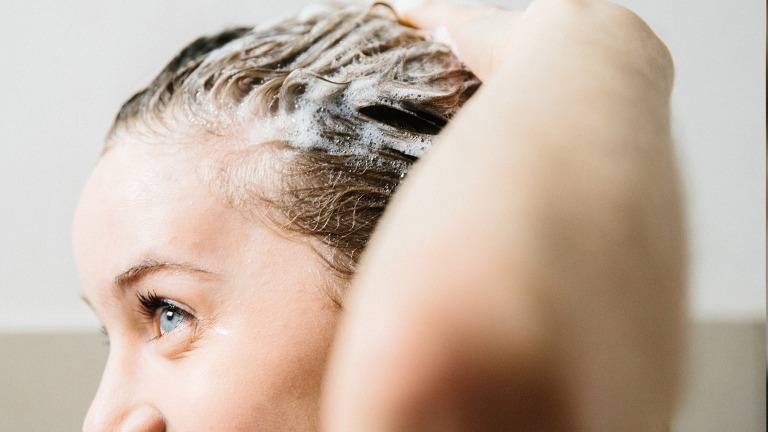
Parabens
Did you know that over 75% of skin care products available to buy contain parabens? Parabens are a family of compounds (para-hydroxybenzoic acid), used as an antimicrobial preservative. They aim to give products like your shampoos, deodorants and moisturisers a longer shelf life. Parabens are used to prevent the growth of molds and yeasts. However, recently, their potential hormone disrupting effects have raised concerns about their safe usage. Research suggests that parabens can perform estrogen activities, induce breast cancer cells and influence estrogen genes. Despite reassurances from the Cosmetics, Toiletries and Perfumery Association declaring that parabens are safe to use, Denmark has banned two types of parabens from products for young children due to their concerns.
‘Fragrance’
Many products list “fragrance, perfume, parfum, fragrance oils, aroma” on the label, but very few name all of the specific ingredients that make up said “fragrance”. This lack of disclosure prevents consumers from knowing the full list of ingredients in their products. Where is the freedom to choose the more environmentally friendly option when ingredients aren’t fully disclosed?
In addition to “scent” chemicals that create the fragrance, perfumes and colognes also contain solvents, stabilizers, UV-absorbers, preservatives, and dyes. The International Fragrance Association (IFRA) lists 3,059 materials used in fragrance compounds. Of these 3,059 ingredients, some have evidence linking them to a range of health issues, including cancer, reproductive toxicity, allergies and sensitivities.
Benzophenone is one of the chemicals that can be disguised by the fragrance label. One of its derivatives is oxybenzone, a UV-filter chemical which is a critical ingredient to avoid in sun creams for its harmful effect on marine life.
You deserve to know what is making you smell so fine – the ambiguity implies there is something to hide!
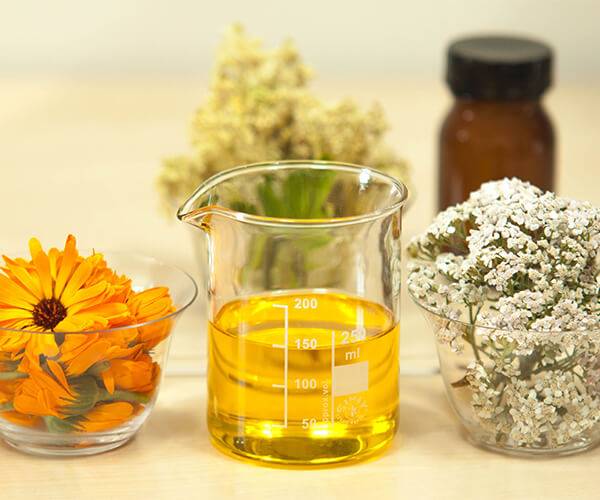
PEGs
PEGs are chemicals made with polyethene glycol. They are used as thickening, stabilising and mositurising agents in cosmetics. Little is known about the properties of each individual PEG. Instead, the general properties of PEGs are used to support the safe usage of all PEGs (e.g. some have been proven safe to ingest in laxatives).
The real cause for concern with pesky PEGs is pollution and contamination. Ethoxylation (which involves ethylene oxide and 1,4-dioxane) is used to create PEGs. These two nasty products are dangerous and strong pollutants. The toxic impurities from the industrial process may contaminate the final product. This is doubly nasty, as PEGs are easily absorbed through the skin.
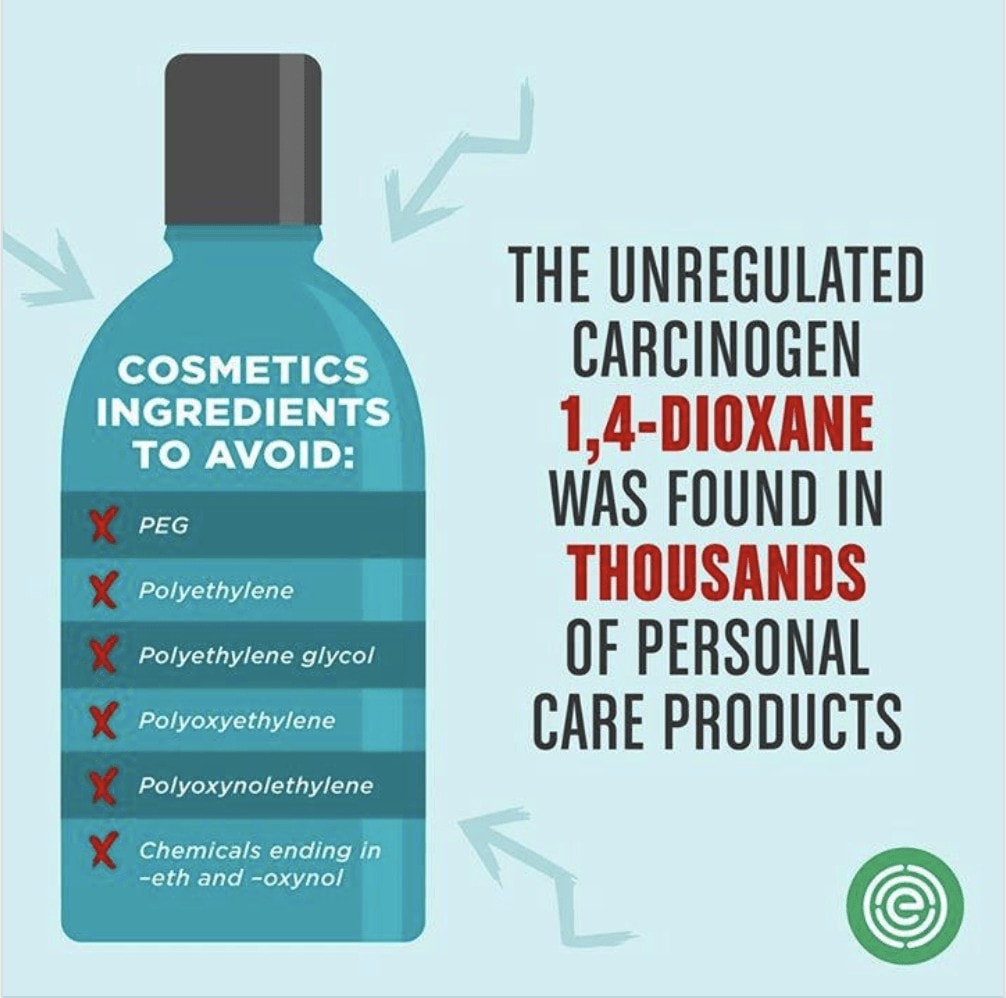
Ethanolamines (DEA, MEA, TEA)
Ethanolamines are a chemical group comprised of amino acids and alcohols.
DEA acts as an emulsifier and TEA is used as a ‘fragrance’, a pH adjuster and emulsifying agent. Unfortunately, nasty nitrosamines can form when these chemicals are used alongside certain preservatives. These nitrosamines are a group of more than a dozen chemicals, of which the IARC lists individually as possible and known carcinogens. Moreover, DEA may react with other ingredients to form the known carcinogen NDEA, which is directly absorbed through the skin. Due to these high-risk concerns, the European Commission prohibits DEA in cosmetics.
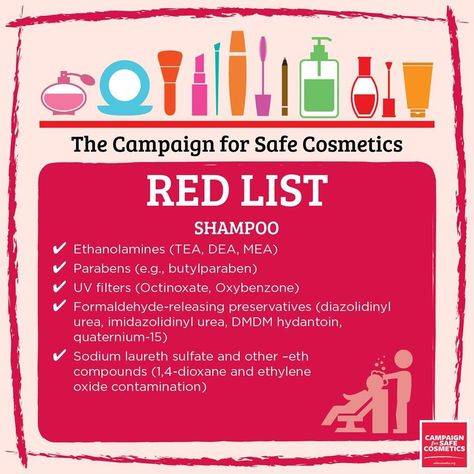
The alternatives to chemicals in cosmetics
So, what makes ‘natural’ natural when it comes to cosmetics?
The Soil Association (2017) states natural ingredients are:
- Made using green chemistry principals, which reduce or eliminate the creation of dangerous chemicals when producing the products.
- Not genetically modified.
- Given colours or fragrances only from plants, flowers or minerals.
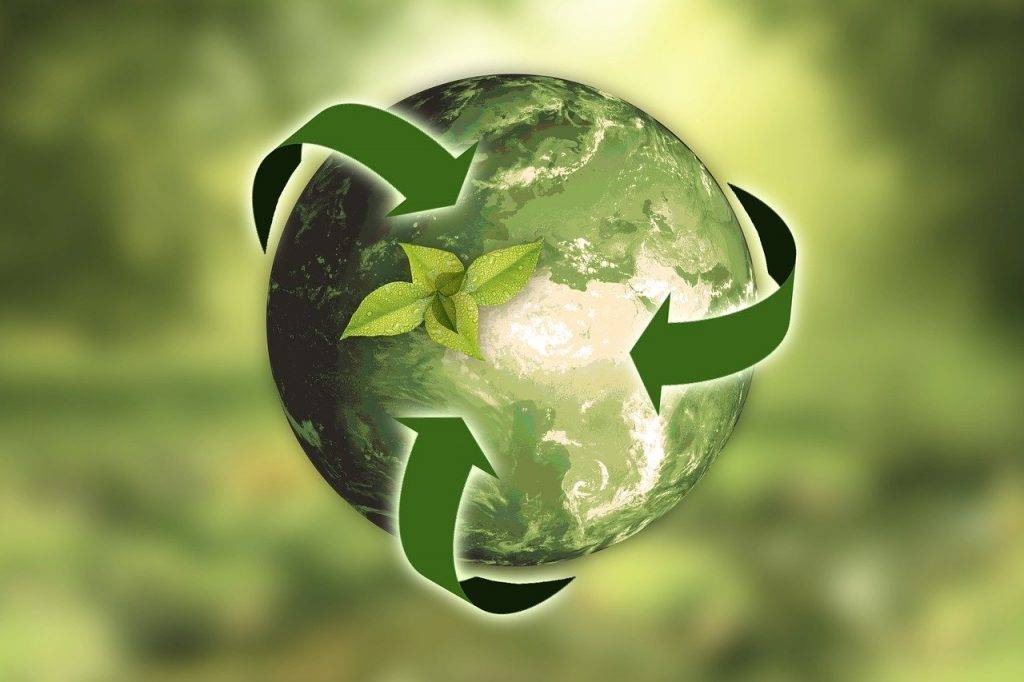
Plant-derived SLS
When looking for a more environmentally-friendly alternative, you can check the biobased content of an ingredient. This is the percentage of carbon derived from a renewable source, such as plants. The biobased content of plant-derived SLS is 100%, which indicates that all of its carbon is derived from a plant source rather than a nonrenewable, petroleum source. These SLS alternatives such as sodium coco sulphate (SCS) and sodium cocoyl isethionate (SCI) are also biodegradable. They can decompose into simple, nontoxic parts in the natural environmental in a short amount of time. However, if you are willing to skip the suds, there are plenty of bioactive ingredients that can be used to make easy, inexpensive, foam-free cosmetics and cleaning products.
Soapnuts
Soapnuts, the soap that grows on trees! Sometimes called soapberries, they aren’t actually a nut, but a fruit. Traditionally used by locals in Nepal and India for clothes washing, hair cleaning and getting rid of dandruff. They owe their cleaning power to the large amounts of saponins in its shell. Saponins are a natural surfactant, which can be used instead of synthetic SLS. For a cleaner approach to laundry, place 5- 6 soapnut shells in a small cloth bag and add into the washing drum. You can reuse them about three times. What’s more, 500g of soapnuts will give you enough detergent juice for 240 laundry washes!
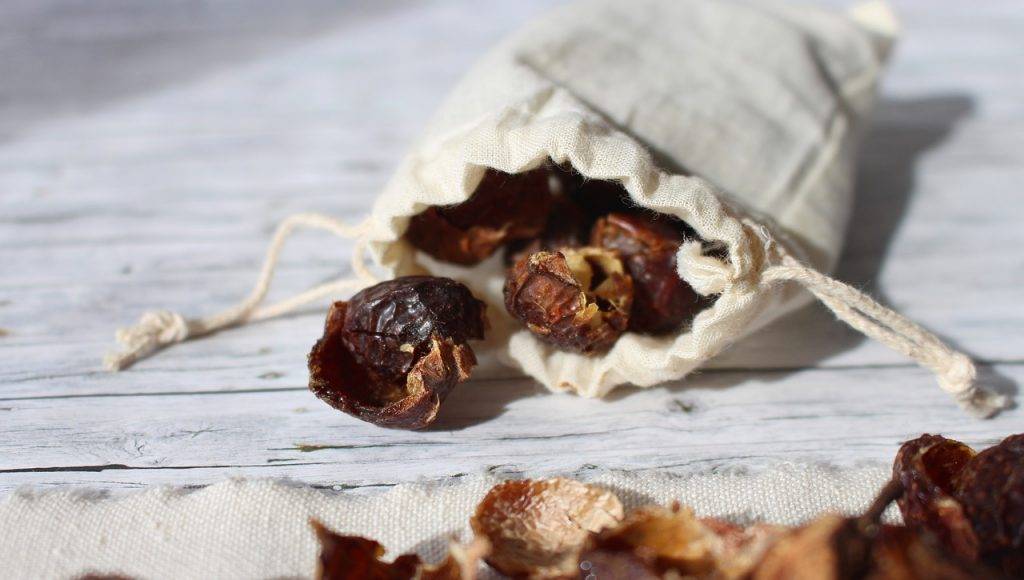
Castile soap
How many different bottles do you need to buy to clean your bodies and homes? One.
Castile soap can replace almost all personal and household cleaning products. It’s versatility is well-known by family soap makers Dr Bronner, who endorse their pure-castile soap as 18-in-1 uses. Unlike most soaps, it is made from vegetable oil rather than “tallow” (animal fat in disguise). The soap’s named after a region in Spain called Castile known for its olive oil. Traditionally, olive oil was the base fat for this gentle soap. Nowadays, it’s usually made using veggie-derived oils such as coconut, hemp, almond, walnut, jojoba, and palm.
Castile soap is no slippery topic. Grate the solid bars or use liquid variants in the quantity of 1/3 to 1/2 cup depending on the size of laundry load to wash your clothes. Add any of your favourite essential oils to the mix and, boom, you have sweet-smelling, environmentally-responsible, clean clothes!
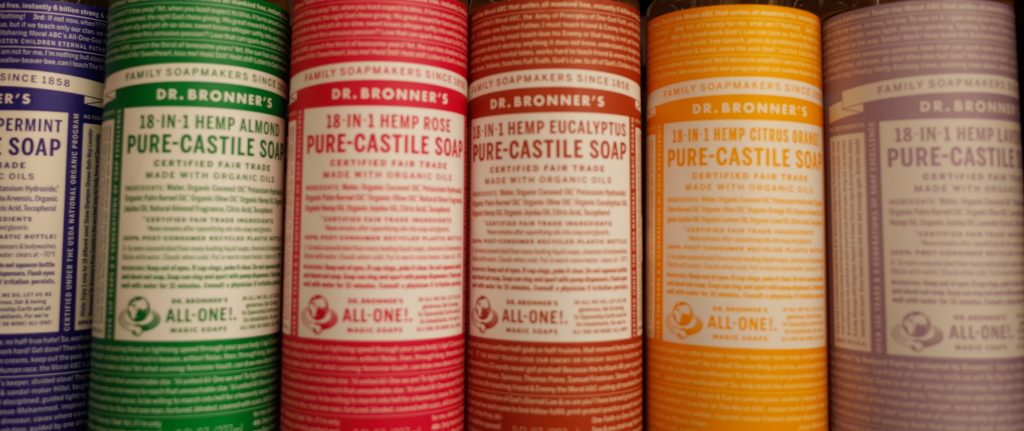
Bicarbonate of soda
Sodium bicarbonate, also known as baking soda and bicarbonate of soda is a leavening agent frequently used in baking to help goods rise – think cupcakes, cookies, pancakes. However, it’s a jack of all trades with virtually inexhaustible uses as an abrasive cleaning agent!
A few tips for using this super soda:
- Replace any surface cleaner with a sprinkle of bicarbonate of soda onto a damp sponge or cloth, and wipe clean as you usually would. This will remove any dirt, grime and stains, without any of the harsh chemical residue or smell.
- For a deeper cleanse in the bathroom or for oven-cleaning, mix ¼ cup of baking soda and a couple tablespoons of vinegar to produce a thick, paste-like consistency. Squeeze a lemon or lime into the mixture for additional acidity and to provide a sharp scent of citrus.
- It can also clean drains. Watch as the alkaline baking soda reacts with the acidic vinegar to create a volcano of froth – The stuff of science projects! As the cleaning lava settles, it dissolves any built-up grease and grime in the pipes passage.
- A simple yet highly effective homemade toothpaste recipe consists of 3 ingredients: 2 tablespoons of coconut oil (which has natural anti-microbial and antifungal properties), 2 teaspoons of baking soda and 10 drops of peppermint or spearmint essential oil for a fresh taste! The alkaline nature of sodium bicarbonate neutralises the pH of the mouth. With the abrasive properties helping to remove stains and whiten teeth.
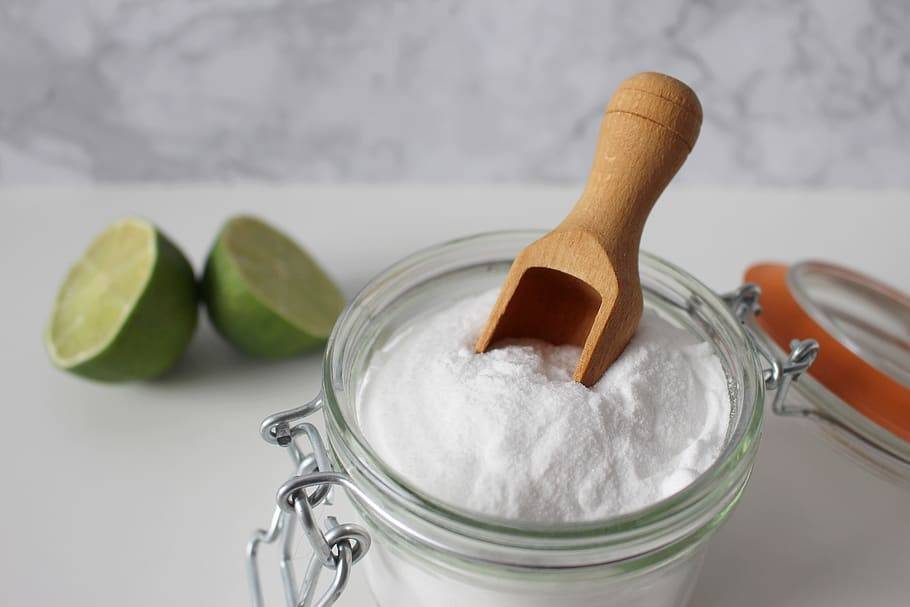
Apple Cider Vinegar
Apple cider vinegar has various healthy properties, including antimicrobial and antioxidant effects. Manufacturing uses a 2-step process. Crushed apples are first exposed to yeast, which ferments the sugars into alcohol. Bacteria is then added to produce acetic acid, which is the main active compound in vinegar.
Organic, unfiltered apple cider vinegar contains a substance called mother. Consisting of proteins, enzymes and friendly bacteria and giving the product its murky appearance. Apple cider vinegar, with its pH of 4.5, creates a slightly more acidic skin to help inhibit bacterial growth.
A few tips for using Apple Cider Vinegar:
- By wiping or spraying a diluted, 1:1 vinegar to water ratio, onto our pits, we effectively neutralise odours and have created a natural deodorant.
- Rather than using fragrant soaps, add two cups of apple cider vinegar and a friendly dose of essential oils to a hot steaming bath, this will maintain the body’s natural pH. Especially useful to help get rid of smelly foot odour!
- Use a simple apple cider vinegar and water rinse after shampooing and conditioning. Work it into your scalp and let it sit for a couple of minutes before rinsing it out for super healthy, naturally-balanced locks.
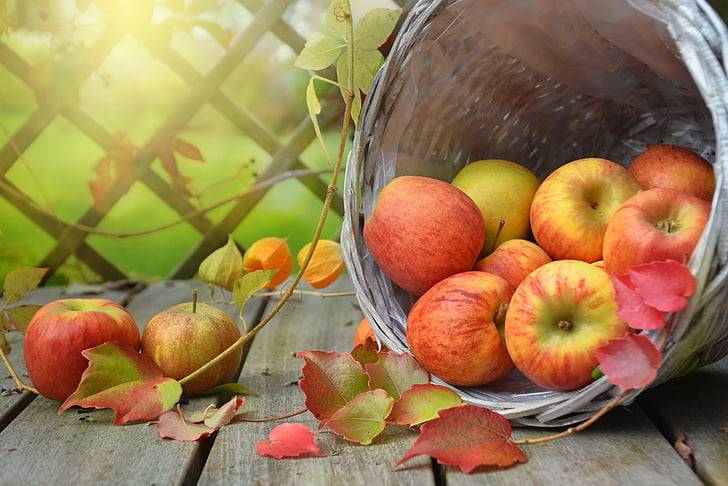
Final tip …
There are now plenty of plant-derived alternatives and natural ingredients readily available on the cosmetics market. It is easy to switch to safer products and avoid chemicals in cosmetics, especially now you know what to look out for.
The Environmental Working Group (EWG) Skin Deep app and website makes it even easier! There’s a saying known as ‘green-washing’. Yep you guessed it, companies are exploiting our love for natural, eco-friendly alternatives. They are falsely labelling their products, when in reality they are not truly meeting ‘green’ criteria. EWG make it really easy to scan the barcode or search your favourite eco products to find out how they rank 1-10:
1 = EWG certified green queen.
10 = The highest level of concern from exposure to the ingredients.
Here is how Dr Bronner’s castile soap bar checks out (lavender is a favourite scent)
We hope you have found this helpful, but please reach out with any questions about chemicals in cosmetics.
Emily Jupp is a Marine Biologist and PADI scuba instructor from the UK. Passionate about living sustainably, keeping plastic free and caring for coral reefs. Follow her story @green.conch
Sources:
Safecosmetics.org – Search parabens, fragrance, ethoxylated-ingredients and ehthanolamine-compounds for even more details and lists of chemical names to look for on the back of cosmetics
Cosmetics info – long list of PEG names to look out for


